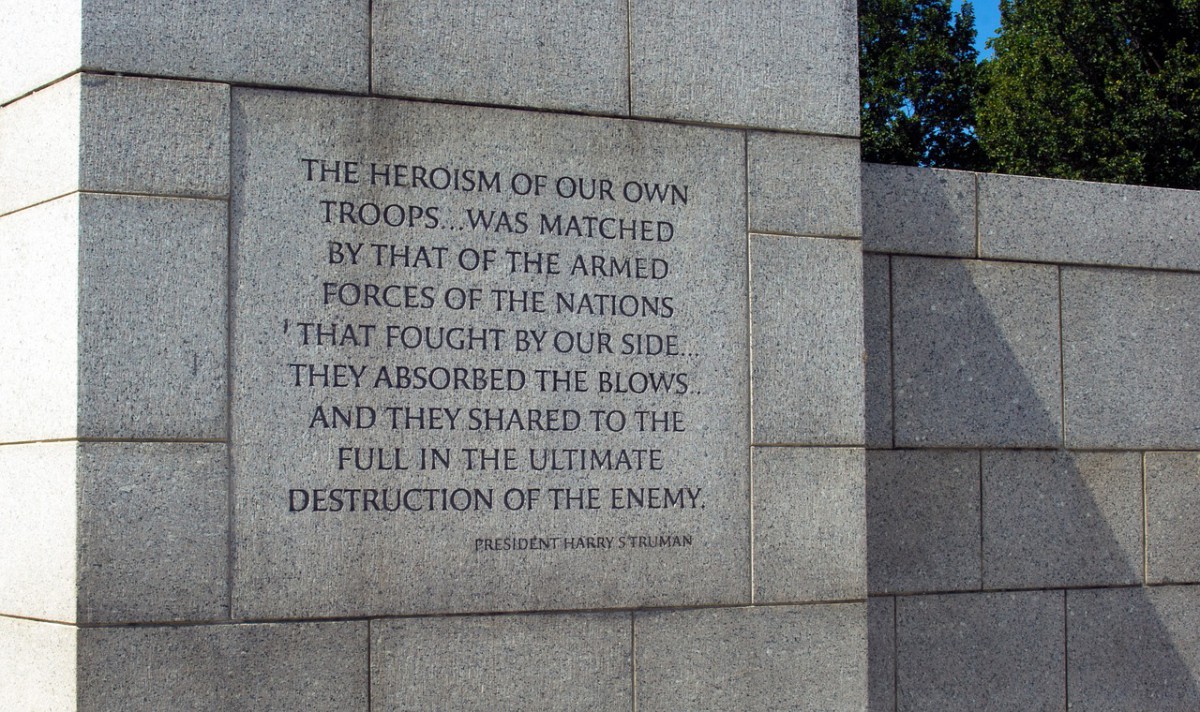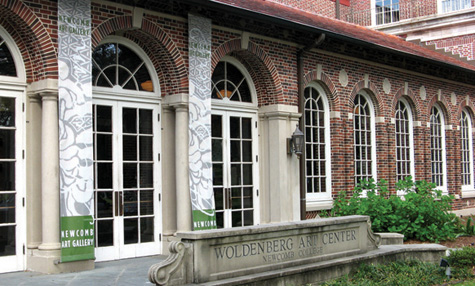In a previous blog, I described some of the various galleries that compose the “Road to Berlin” campaign exhibit space in the New Orleans museum. This piece will be the continuation of that, describing the remaining galleries that construct “Road to Berlin.” They are listed below:
–D-Day Theater: This gallery includes a large projection screen that displays a film describing Operation Doomsday in detail. This fascinating information is relayed in an exciting, engaging, and immersive manner that truly does justice to the courage and sacrifice of those who risked everything to protect our freedom. Ultimately, D-Day gave the Allied powers possession of strategic beachheads that in turn catapulted the West’s drive across France. This gallery also includes a small exhibit that names and pays respect to all those who lost their lives in this successful mission.
–Northwestern Europe: Invasion & Liberation: After the hard-fought success at Normandy, there came a series of pivotal wins and losses for both sides. “Northwestern Europe” depicts the barriers encountered by Allied forces, ranging from the gruesome battles fought in the hedgerows to Operation Market Garden. Accompany the West’s quest through Europe while they free Paris and force the Nazis to retreat behind their own border.
–Breaching the German Frontier: As the Allies reached the German border, they were halted in their tracks. The Siegfried line, a series of bunkers, minefields, and barbed wire presented a tremendous physical obstacle that was nearly impossible to overcome, for a time. The exhibit itself accurately resembles a destroyed German bunker, which enables the museum-goer to witness the incredible infrastructure of the Nazi defense. As for specific content, the space delves into stories surrounding the Allied advance, one of which is the capture of Aachen. A fascinating narrative, Aachen was the first German city to surrender.
–Battle of the Bulge: This component of the exhibition space demonstrates the Battle of the Bulge, when Allied forces fought the Nazis in frigid temperatures for six full weeks. The Allies eventually repelled the Nazi counter-attack in an incredible display of valor, resilience, and bravery in the biggest battle of the war for the U.S. army.
–Into the German Homeland: On penetrating the innermost reaches of German control, the Allied forces bore witness to some horrendous sights, sounds, and smells. This final component of the “Road to Berlin” exhibit space reveals, sparingly and tastefully, some of these atrocious sites. Detailing the Allied triumph over the German-controlled Rhine, this space takes visitors from the Allied soldiers’ first encounter with the Ohrdruf concentration camp (the first liberated death camp) all the way until the eventual surrender of Germany.
This is only a portion of the “Campaigns of Courage” exhibit space. “The Road to Tokyo” expounds upon its own stories, its own horrors, and its own triumphs.


